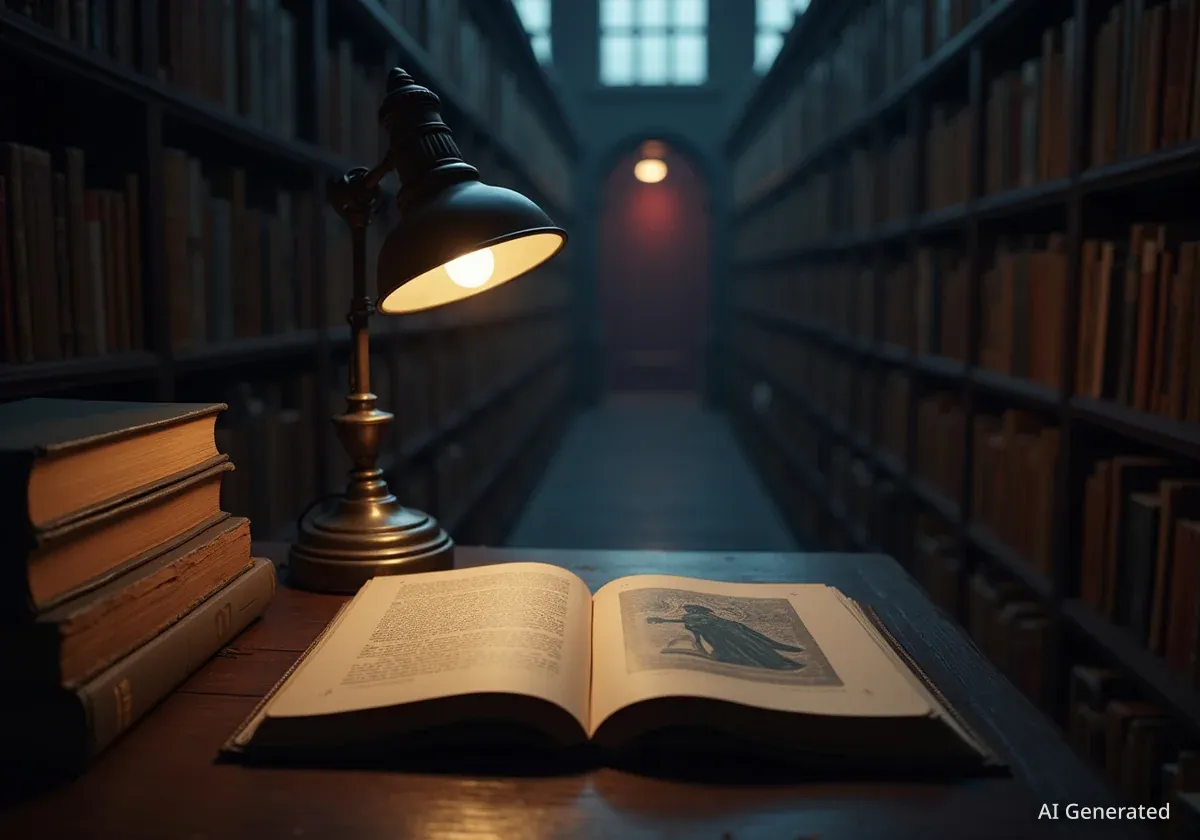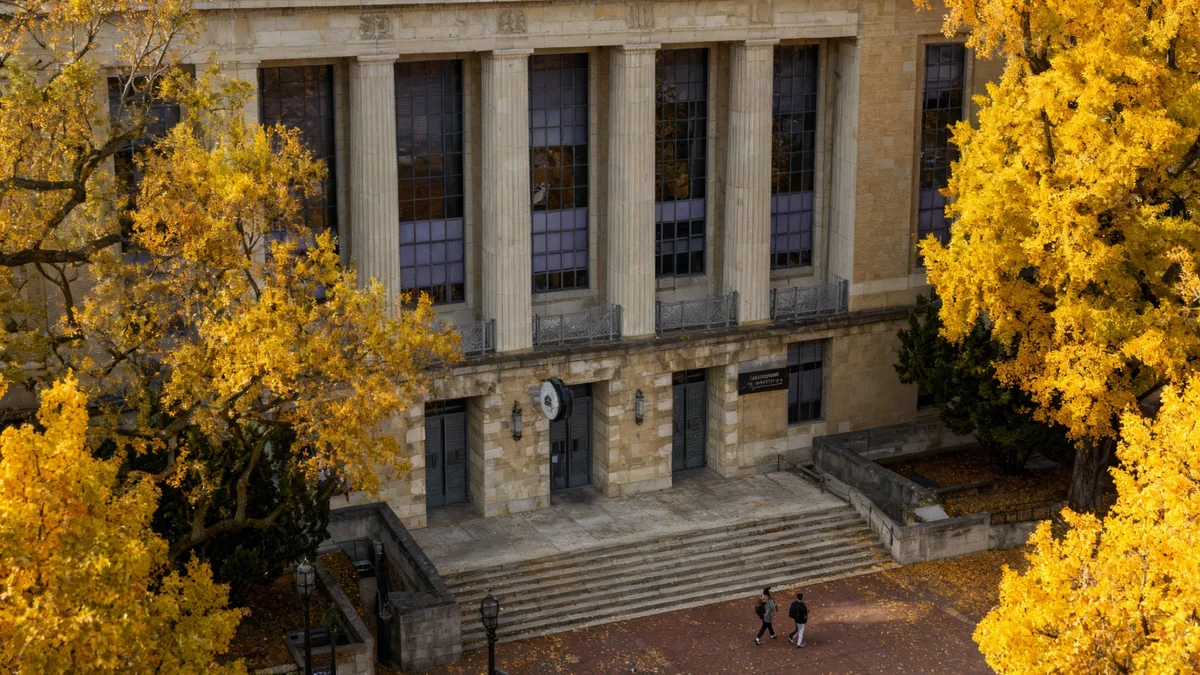The University of Pittsburgh has established a new academic center dedicated to the study of the horror genre, a first-of-its-kind initiative in higher education. The Horror Studies Center aims to provide a formal structure for researching and analyzing horror's influence across culture, society, and various academic disciplines.
Key Takeaways
- The University of Pittsburgh has launched the first-ever academic center dedicated to horror studies.
- Professor Adam Lowenstein, an expert in the genre, will lead the new center.
- Pittsburgh's legacy as the filming location for George A. Romero's "Night of the Living Dead" establishes it as a significant hub for horror.
- The center will promote an interdisciplinary approach, connecting horror to fields like urban studies, mathematics, and history.
A New Hub for Horror Scholarship
The University of Pittsburgh is now home to the Horror Studies Center, an initiative designed to explore the genre beyond its entertainment value. The center will serve as a hub for faculty, students, and researchers interested in the academic analysis of horror in film, literature, and other media.
Leading the center is Professor Adam Lowenstein, who has dedicated his career to studying the genre. He believes horror serves a unique educational purpose. "Horror lets you in and then educates you in a way that you can both think and feel," Lowenstein stated, emphasizing the genre's capacity to engage audiences on both intellectual and emotional levels.
The center’s mission is to investigate the full spectrum of horror. According to Lowenstein, this includes everything from realistic thrillers to supernatural tales. "There's horror that can lean more towards the real. And then there's horror that leads more towards the fantastic. But it's all connected and it's worth studying together," he explained.
What is Horror Studies?
Horror studies is an academic field that examines the horror genre's themes, history, and cultural impact. Scholars in this field analyze how horror reflects societal anxieties, explores psychological fears, and challenges cultural norms through various media like film, literature, video games, and art.
Pittsburgh's Deep Roots in the Genre
The choice of Pittsburgh as the location for this center is no coincidence. The city holds a significant place in the history of modern horror, largely due to the work of filmmaker George A. Romero. His 1968 film, "Night of the Living Dead," was filmed in and around Pittsburgh and is credited with creating the modern zombie archetype.
Romero's work established a lasting connection between the city and the horror genre. This legacy has turned Pittsburgh into an unofficial capital for horror enthusiasts and creators worldwide. "Because he's aligned with the genre of horror, it means that people who have never been to Pittsburgh think of Pittsburgh as a world capital for horror," Lowenstein noted.
The center plans to build upon this local legacy, using the city's rich history as a foundation for its academic and public programming. This connection provides a unique context for studying how a specific location can become synonymous with a global cultural phenomenon.
The Romero Legacy
George A. Romero (1940-2017) directed and co-wrote "Night of the Living Dead," a landmark independent film that redefined horror. His subsequent films, including "Dawn of the Dead" (1978) and "Day of the Dead" (1985), were also filmed in the Pittsburgh area, solidifying the region's identity as "The Zombie Capital of the World."
An Interdisciplinary Approach to Fear
A key goal of the Horror Studies Center is to demonstrate the genre's relevance across a wide range of academic fields. The center will support and promote courses that use horror as a lens to explore concepts in disciplines far beyond film and literature.
Professor Lowenstein highlighted several existing courses at the university that already integrate horror themes. This interdisciplinary model shows how the genre can be a tool for understanding complex subjects.
Horror in Unexpected Classrooms
The curriculum supported by the center illustrates its broad academic scope. Examples of how horror is being applied include:
- Urban Studies: Some courses examine the relationship between horror narratives and the physical layout of cities, analyzing how urban environments contribute to feelings of fear and isolation.
- Mathematics and Statistics: One innovative course uses zombie apocalypse scenarios to teach mathematical modeling. Students work through statistical possibilities and equations related to survival and outbreak containment.
- History and Social Studies: Horror often serves as a mirror to societal fears, making it a valuable resource for understanding the anxieties of different historical periods, from Cold War paranoia to modern-day pandemics.
"We've got... urban studies courses that touch on horror's relation to the layout of cities," Lowenstein said, adding there are also courses "using zombie apocalypse scenarios as ways to move through mathematical possibilities and statistics and equations."
This approach aims to redefine horror as more than just entertainment, positioning it as a valid and insightful subject for serious academic inquiry.
Building a Community Around Horror
Professor Lowenstein is confident that the center will succeed, primarily due to the strong sense of community that exists among horror fans, creators, and scholars. He believes this communal spirit is essential for the center's growth and impact.
"I think the Horror Studies Center is going to thrive because of that communal feeling and that communal environment," he said. "And in many ways, Pittsburgh is sort of the very heart of the heart of horror in that way."
In addition to its academic mission, the center plans to host public events, such as film screenings, lectures, and workshops. These events will be designed to engage the wider community and broaden the public's perception of what horror can be.
By fostering both scholarly research and public engagement, the University of Pittsburgh's Horror Studies Center aims to become the definitive global institution for the academic exploration of fear and its many cultural expressions.





